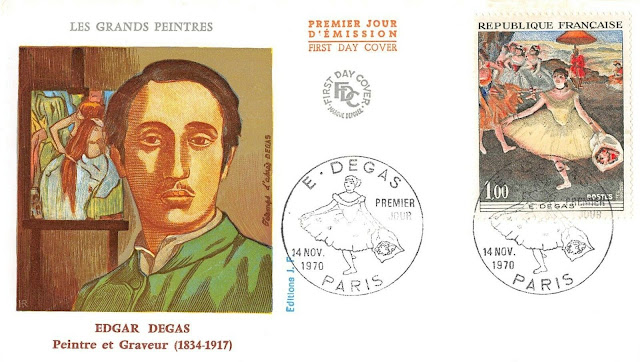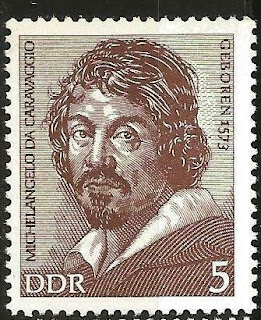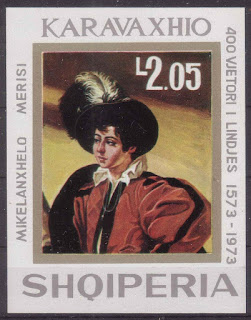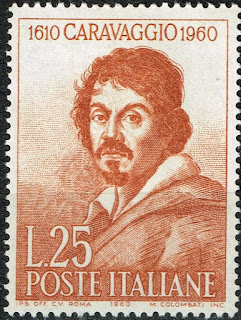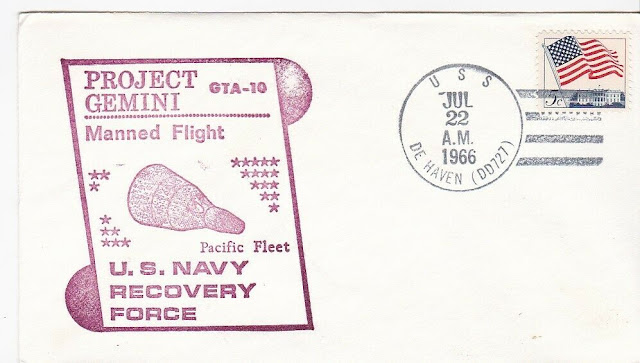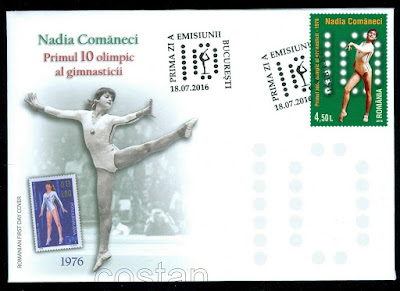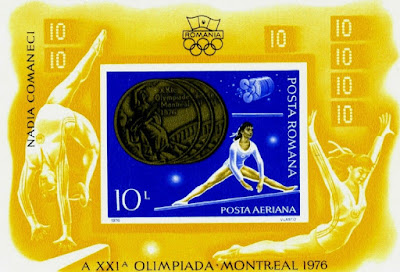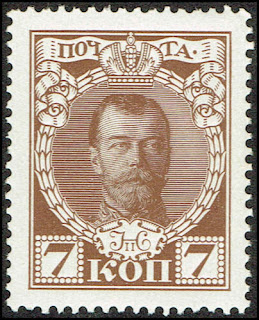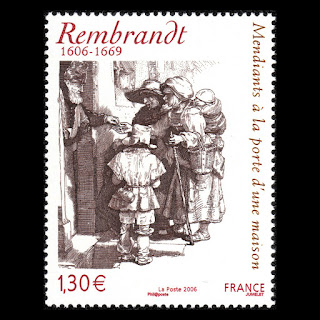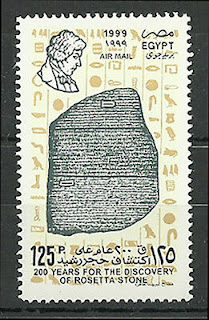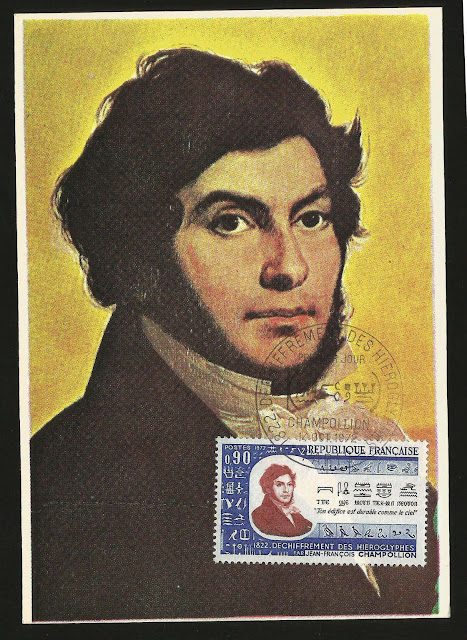Here are some events that happened on July 15th. It could be an event or a person that died or was born on that day
1606 Born: Rembrandt, Dutch painter and etcher (d. 1669)
Rembrandt Harmenszoon van Rijn (15 July 1606– 4 October 1669) was a Dutch draughtsman, painter and printmaker. An innovative and prolific master in three media, he is generally considered one of the greatest visual artists in the history of art and the most important in Dutch art history. Unlike most Dutch masters of the 17th century, Rembrandt's works depict a wide range of style and subject matter, from portraits and self-portraits to landscapes, genre scenes, allegorical and historical scenes, biblical and mythological themes as well as animal studies. His contributions to art came in a period of great wealth and cultural achievement that historians call the Dutch Golden Age, when Dutch art (especially Dutch painting), although in many ways antithetical to the Baroque style that dominated Europe, was extremely prolific and innovative, and gave rise to important new genres
Some stamps from Germany, Cyprus, France and the Netherlands depicting Rembrandt or his works
1799 – The Rosetta Stone is found in the Egyptian village of Rosetta by French Captain Pierre-François Bouchard during Napoleon's Egyptian Campaign.
The Rosetta Stone is a granodiorite stele, rediscovered in the western world in 1799, inscribed with three versions of a decree issued at Memphis, Egypt, in 196 BC during the Ptolemaic dynasty on behalf of King Ptolemy V. The top and middle texts are in Ancient Egyptian using hieroglyphic script and demotic scripts, respectively, while the bottom is in Ancient Greek. As the decree has only minor differences between the three versions, the Rosetta Stone proved to be the key to deciphering Egyptian hieroglyphs, thereby opening a window into ancient Egyptian history
Below are a First Day Cover from Egypt as well as stamps from Egypt, France and Monaco depicting the Rosetta Stone as well as Jean-François Champollion who published his first breakthrough in the decipherment of the Rosetta hieroglyphs in 1822
1919 Died: Hermann Emil Fischer, German chemist and academic, Nobel Prize laureate (b. 1852)
Hermann Emil Louis Fischer (9 October 1852 – 15 July 1919) was a German chemist and 1902 recipient of the Nobel Prize in Chemistry. He discovered the Fischer esterification. He also developed the Fischer projection, a symbolic way of drawing asymmetric carbon atoms. He also hypothesized lock and key mechanism of enzyme action. He never used his first given name, and was known throughout his life simply as Emil Fischer.
In 1875, the year following his engagement with von Baeyer, he published his discovery of the organic derivatives of a new compound of hydrogen and nitrogen, hydrazine. He investigated their derivatives, establishing their relation to the diazo compounds, and he noted the readiness with which they entered into combination with other substances, giving origin to a wealth of hitherto unknown compounds. Of such condensation products undoubtedly the most important are the hydrazones, which result from the interaction with aldehydes and ketones. His observations, published in 1886, that such hydrazones, by treatment with hydrochloric acid or zinc chloride, yielded derivatives of indole, the parent substance of indigo, were a confirmation of the views advanced by von Baeyer on the subject of indigo and the many substances related to it.
He next turned to the fuchsine (then called "rosaniline") magenta dyes, and in collaboration with his cousin Otto Fischer, he published papers in 1878 and 1879 which established that these dyes were derivatives of triphenylmethane. Emil Fischer's next research was concerned with compounds related to uric acid. Here the ground had been broken by von Baeyer, but Fischer greatly advanced the field of knowledge of the purines. In 1881 and 1882 he published papers which established the formulae of uric acid, xanthine, caffeine (achieving the first synthesis), theobromine and some other compounds of this group. After purine itself was isolated, a variety of derivatives were prepared, some of which were patented in view of possible therapeutical applications.
Fischer is particularly noted for his work on sugars. Among his early discoveries related to hydrazine was that phenylhydrazine reacted with sugars to form substances which he named osazones, and which, being highly crystalline and readily formed, served to identify such carbohydrates more definitely than had been previously possible. Later, among other work, he is noted for the organic synthesis of D-(+)-glucose. He showed how to deduce the formulae of the 16 stereoisomeric glucoses, and prepared several stereoisomerides, helping to confirm the Le Bel–Van 't Hoff rule of the asymmetric carbon atom.
In the field of enzymology, Fischer is known for his proposal of "the lock and key" model as a mechanism of substrate binding.
Fischer was also instrumental in the discovery of barbiturates, a class of sedative drugs used for insomnia, epilepsy, anxiety, and anesthesia. Along with the physician Josef von Mering, he helped to launch the first barbiturate sedative, barbital, in 1904. He next carried out pioneering work on proteins. By the introduction of new methods, he succeeded in breaking down the complex albumins into amino acids and other nitrogenous compounds, the constitutions of most of which were known, and by bringing about the recombination of these units, he prepared synthetic peptides which approximated to the natural products. His researches made from 1899 to 1906 were published in 1907 with the title Untersuchungen über Aminosauren, Polypeptides und Proteine.
In 1897 he put forward the idea to create the International Atomic Weights Commission. Fischer was elected a Foreign Member of the Royal Society (ForMemRS) in 1899. He was awarded the 1902 Nobel Prize in chemistry "in recognition of the extraordinary services he has rendered by his work on sugar and purine syntheses."
Many names of chemical reactions and concepts are named after him:
- Fischer indole synthesis
- Fischer projection
- Fischer oxazole synthesis
- Fischer peptide synthesis
- Fischer phenylhydrazine and oxazone reaction
- Fischer–Speier esterification
- Fischer glycosidation
- Kiliani–Fischer synthesis
Stamp issued by Guinea Bissau depicting Emil Fischer

